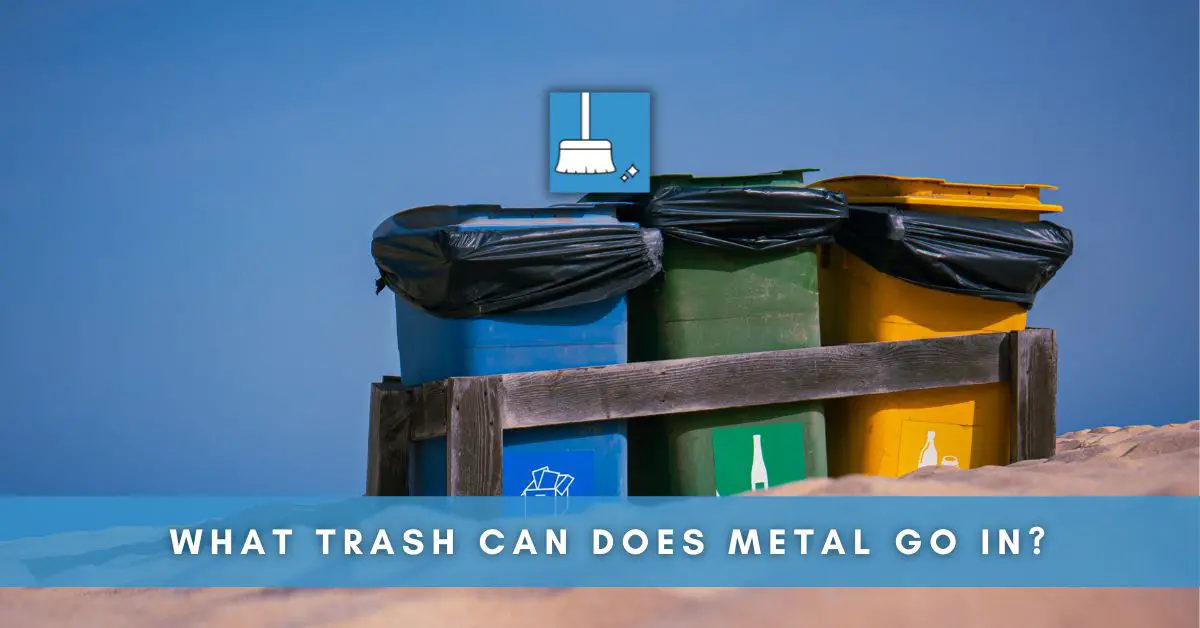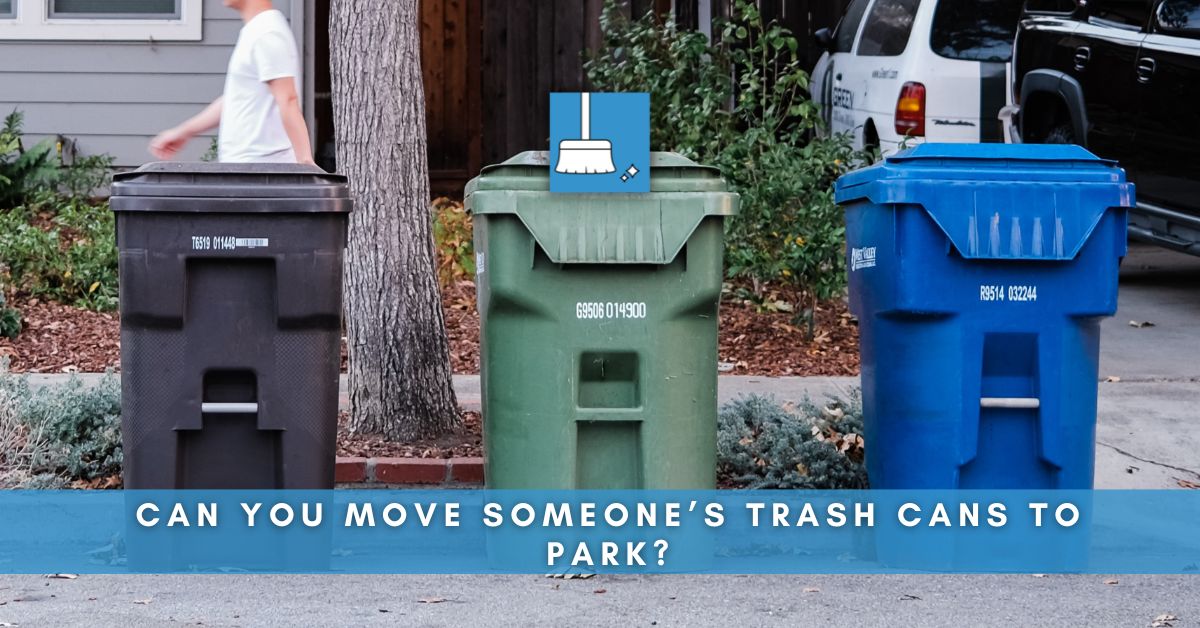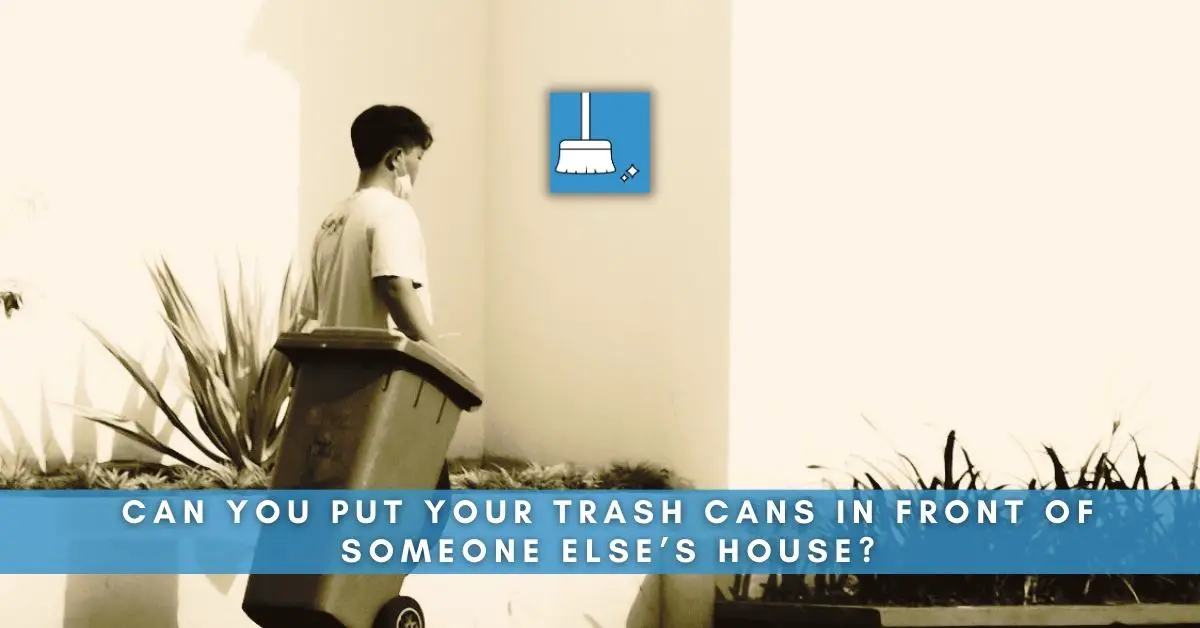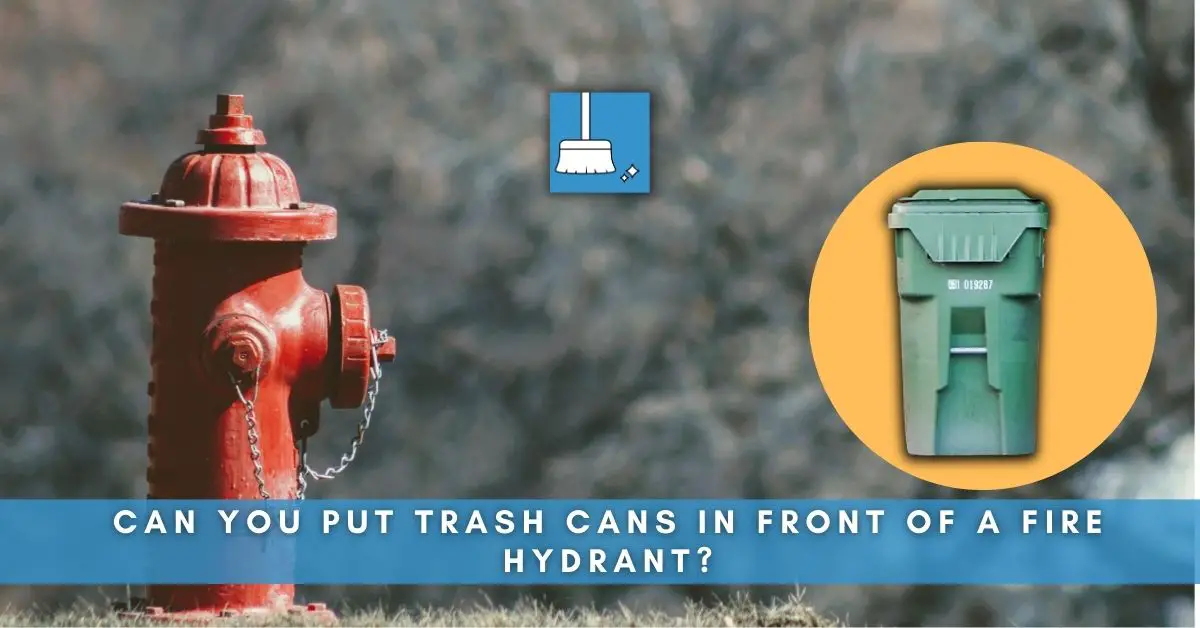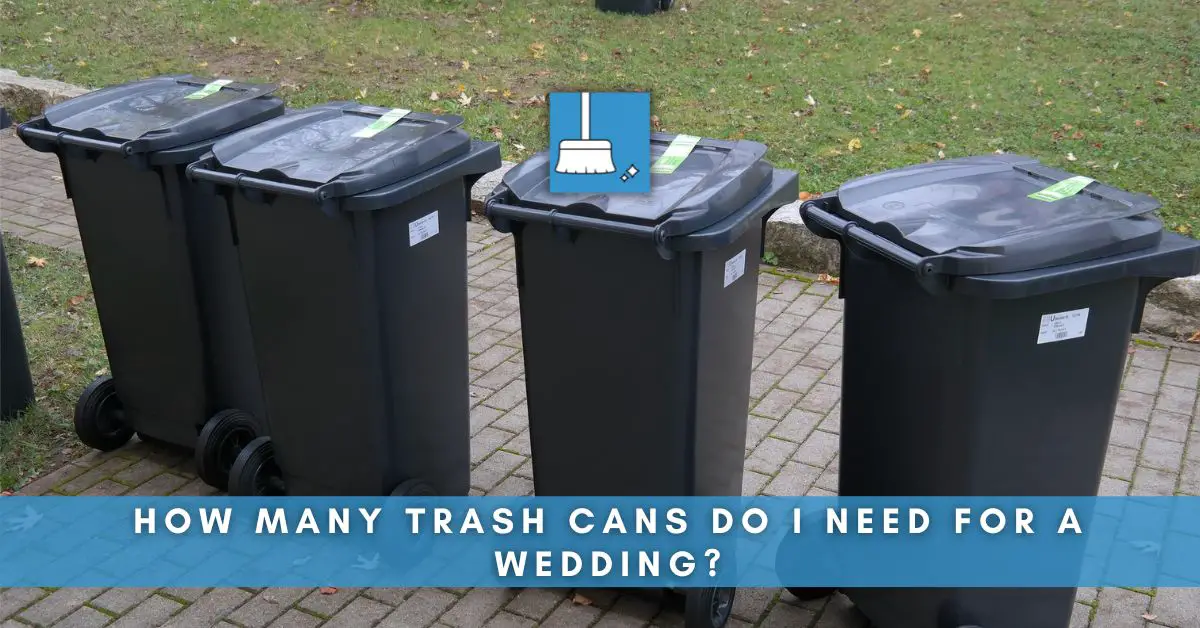When it comes to disposing of waste, it’s essential to separate recyclable materials from non-recyclable ones. This practice helps protect the environment by reducing the amount of waste that ends up in landfills and promotes resource conservation.
Trash Can Options for Metal Disposal
When it comes to disposing of metal waste, it’s essential to choose the right trash can option. Here are some considerations to keep in mind:
Trash bin vs Recycling bin
When it comes to metal waste, it’s crucial to consider whether it can be recycled or not. In many cases, metal items can be recycled and repurposed, which helps reduce waste and conserve resources. Here’s a breakdown of what items typically belong in each bin:
Trash Bin: Generally, metal items that cannot be recycled or have no value in recycling should be disposed of in a regular trash bin.
This includes things like broken or rusted metal objects, disposable aluminum foil, and metal packaging without recycling symbols.
Recycling Bin: Metal items that can be recycled typically go in the recycling bin. This includes aluminum cans, steel cans, empty aerosol cans, and other clean metal packaging.
Make sure to check your local recycling guidelines to ensure proper disposal.
Differentiating between recyclable and non-recyclable metals
Not all metals are created equal when it comes to recycling. Here’s a brief overview to help you understand which metals can be recycled:
Recyclable metals:
Aluminum: Aluminum cans, foil, and other aluminum products are highly recyclable. Recycling aluminum saves energy and resources and reduces greenhouse gas emissions.
Steel: Steel is one of the most recycled materials worldwide. It can be found in various forms, such as food cans, construction materials, and automotive parts.
Copper: Copper is a valuable and recyclable metal often used in electrical wiring, plumbing pipes, and electronics.
Brass: Brass is a metal alloy that is commonly found in musical instruments, plumbing fixtures, and decorative items.
Non-recyclable metals:
Mercury: Mercury is a toxic metal commonly found in thermometers, fluorescent bulbs, and some electronic devices. It should be disposed of as hazardous waste.
Lead: Lead is another hazardous metal commonly found in batteries, paint, and some electronic devices. It should also be disposed of as hazardous waste.
Remember to check your local recycling guidelines for specific instructions on how to dispose of metal waste properly. Recycling centers or municipal waste management facilities are the best places to bring recyclable metals.
Common Metal Items and Where to Dispose of Them
When it comes to disposing of different types of metal, it’s important to understand where they should be placed for proper recycling or disposal. Here are some common metal items and where you should dispose of them:
Aluminum cans and foil
Aluminum cans and foil are some of the most commonly recycled metal items. Make sure to rinse out any food or beverage residue before placing them in the recycling bin.
Many municipalities have curbside recycling programs that accept aluminum cans and foil, but you can also take them to a local recycling center.
Steel and tin cans
Steel and tin cans are also widely accepted for recycling. Just like aluminum cans, rinse them out and remove any labels or lids before recycling. These cans can typically be placed in the curbside recycling bin or taken to a local recycling facility.
Copper, brass, and other non-ferrous metals
Copper, brass, and other non-ferrous metals are valuable and can often be sold to scrap metal yards. These metals are not typically accepted in curbside recycling programs, so it’s best to check with your local recycling facility or scrap yard for proper disposal options.
What NOT to Put in Metal Recycling
Improper disposal of certain metal items can cause safety hazards and contaminate the recycling process. Here are some items that should be disposed of differently:
Metal items that should be disposed of differently
1. Appliances: Large appliances such as refrigerators, washing machines, and stoves should not be placed in metal recycling bins.
These items typically contain hazardous components that require specialized disposal methods to ensure safe handling of materials.
2. Paint Cans: Empty or partially filled paint cans should not be put in metal recycling bins. Paint cans may contain leftover paint, which can contaminate the recycling process and make it difficult to separate valuable metal materials.
3. Batteries: Both single-use and rechargeable batteries should not be disposed of in metal recycling bins.
Batteries contain hazardous materials that must be handled and recycled separately to prevent environmental contamination.
Items that can contaminate metal waste
There are also certain items that can contaminate metal waste and should be kept out of recycling bins:
• Food containers: Containers with food residue or other organic materials should not be placed in metal recycling bins. These contaminants can affect the quality of metal materials and make them unsuitable for recycling.
• Plastic or glass: While these materials may have metal components, mixed material items should not be put in metal recycling bins.
Benefits of Recycling Metal
Recycling metal offers several benefits for the environment and the economy. Here are some of the key advantages:
1- Conservation of Resources: By recycling metal, we reduce the need to mine and extract new ores, which helps to conserve natural resources such as iron ore and bauxite.
2- Energy Savings: Recycling metal requires much less energy compared to the production of new metal. This helps to reduce greenhouse gas emissions and conserve energy resources.
3- Reduction in Waste: Recycling metal helps to reduce the amount of metal waste that ends up in landfills. This in turn reduces pollution and the need for landfill space.
4- Job Creation: The recycling industry creates jobs in various sectors, including collection, sorting, processing, and manufacturing. This helps to stimulate the economy and support local communities.
Metal Recycling Centers
When it comes to disposing of metal waste, it is essential to recycle it properly to minimize environmental impact. Metal recycling centers are the ideal places to drop off your metal waste for recycling.
Locating nearby metal recycling centers
To find metal recycling centers near you, you can use online resources such as recycling directories or waste management websites.
These platforms provide information on local recycling centers, their operating hours, and the types of metals they accept for recycling.
You can also contact local waste management authorities or community organizations for assistance in locating nearby metal recycling centers.
Procedures for dropping off metal waste
Before dropping off your metal waste at a recycling center, it is essential to prepare it appropriately. Here are some general procedures to follow:
Step 1- Separate your metal waste: Separate different types of metals, such as aluminum, steel, copper, and brass, into separate containers or bags to ensure easier sorting at the recycling center.
Step 2- Remove non-metal components: Remove any non-metal components, such as plastic or rubber, from your metal waste, as these materials cannot be recycled with metal.
Step 3- Clean your metal waste: If possible, clean your metal waste to remove any dirt, grease, or other contaminants that may hinder the recycling process.
Step 4- Transport your metal waste: Use a sturdy container or vehicle to transport your metal waste to the recycling center. Consider securing larger or heavier items to prevent any potential safety hazards during transportation.
Reusing or Repurposing Metal Items
Metal items have the potential for reuse and repurposing, reducing waste and promoting sustainability. Here are some ways to give metal items a second life.
Ways to give metal items a second life
1. Donate or Sell: If you have metal items that are still in good condition, consider donating them to local charities or selling them online. This way, someone else can benefit from their use and you can prevent them from ending up in a landfill.
2. Recycling: Recycling metal is an effective way to reduce waste and conserve resources. Research local recycling centers or scrap metal yards that accept different types of metal for recycling.
3. Repurposing: Get creative and repurpose metal items into new and functional objects. For example, an old metal barrel can become a unique planter for your garden or a vintage metal toolbox can be transformed into a stylish storage container.
Creative DIY projects using metal waste
If you’re feeling crafty, here are some creative DIY projects that make use of metal waste:
1. Upcycled Metal Art: Create unique pieces of art using metal scraps. Weld metal pieces together to form sculptures or create wall art using old metal signs or license plates.
2. Furniture Revamp: Give old metal furniture a makeover by sanding it down and repainting it with a fresh coat of paint. You can also add new cushions or upholstery to breathe new life into chairs or benches.
3. Garden Decor: Use metal waste to add charm to your garden. Transform old metal buckets into planters, make wind chimes out of old metal cutlery, or repurpose metal pipes as trellises for climbing plants.

